
The Birth of the Cassette
The cassette tape was a groundbreaking invention that transformed the way people listened to music. Before its introduction, vinyl records and reel-to-reel tapes were the dominant formats—bulky, fragile, and expensive. That changed in 1963, when Philips introduced the Compact Cassette, offering a small, portable, and recordable alternative.
The Creation of the Cassette
The cassette was developed by Lou Ottens, an engineer at Philips' lab in Belgium, who aimed to create an affordable, user-friendly audio format. Unlike reel-to-reel tapes, cassettes enclosed the magnetic tape in a plastic shell, making them easy to handle. In 1963, Philips unveiled the Compact Cassette at the Berlin Radio Show, marking the beginning of a new era.
Early Adoption & Rise in Popularity
Initially, cassettes were marketed for dictation and voice recording, but improved tape quality and stereo sound in the late 1960s helped them gain popularity for music. By the 1970s, brands like Sony, TDK, and Maxell began mass-producing blank cassette tapes, giving users the ability to record and share their own music—a feature that set them apart from vinyl.
The Sony Walkman & The Cassette Boom
A major turning point came in 1979 with the launch of the Sony Walkman TPS-L2, the first truly portable cassette player. This innovation allowed people to carry their music anywhere, fueling a global demand for cassettes. By the 1980s, cassettes had overtaken vinyl as the best-selling format, shaping the way people listened to music for over a decade.

➡️ Sources:
Philips Archives – Philips.com
Lou Ottens Interview – BBC
➡️ Photos:
Lou Ottens. Copyright. The New York Times.
Sony Walkman TPS-L2. Copyright. Sony


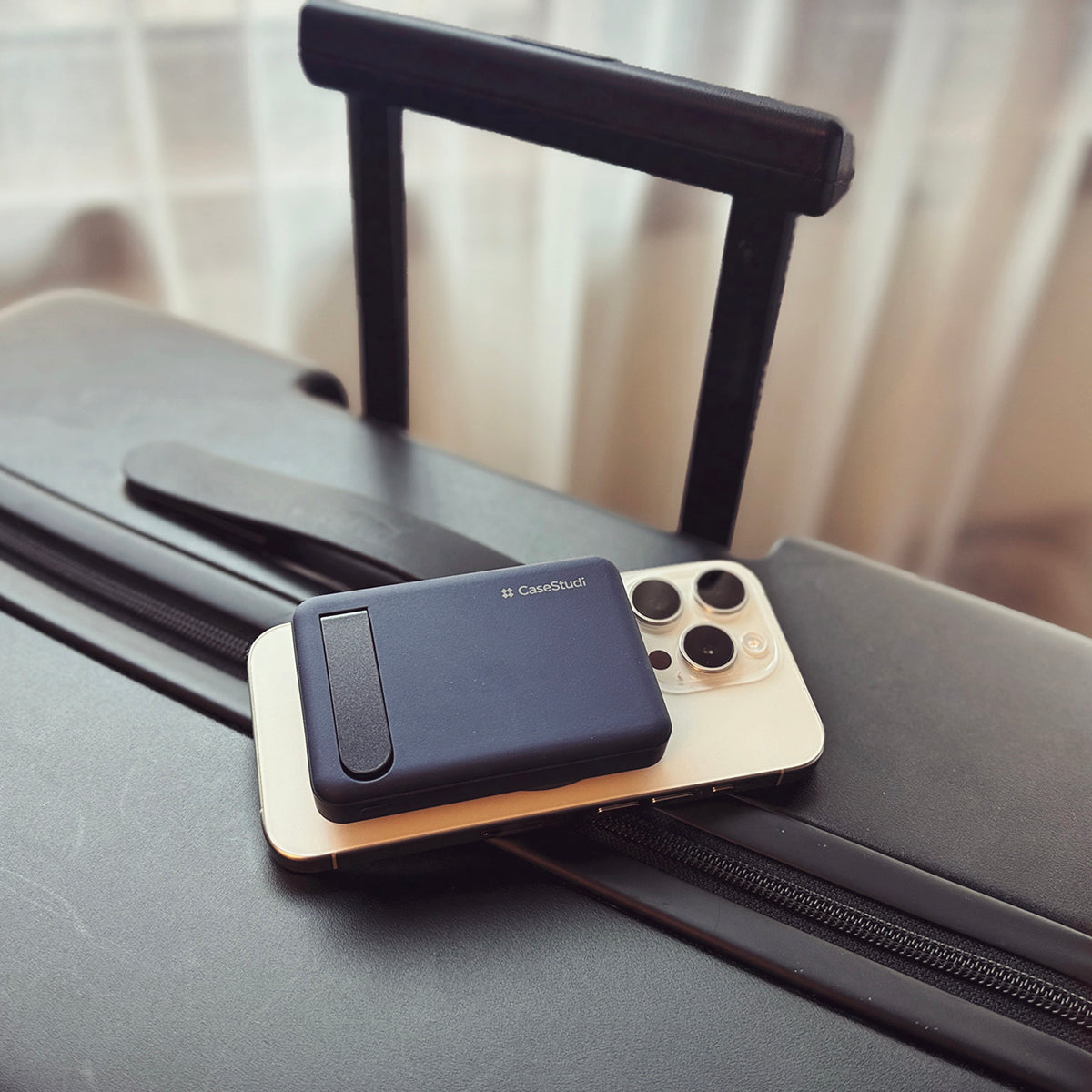
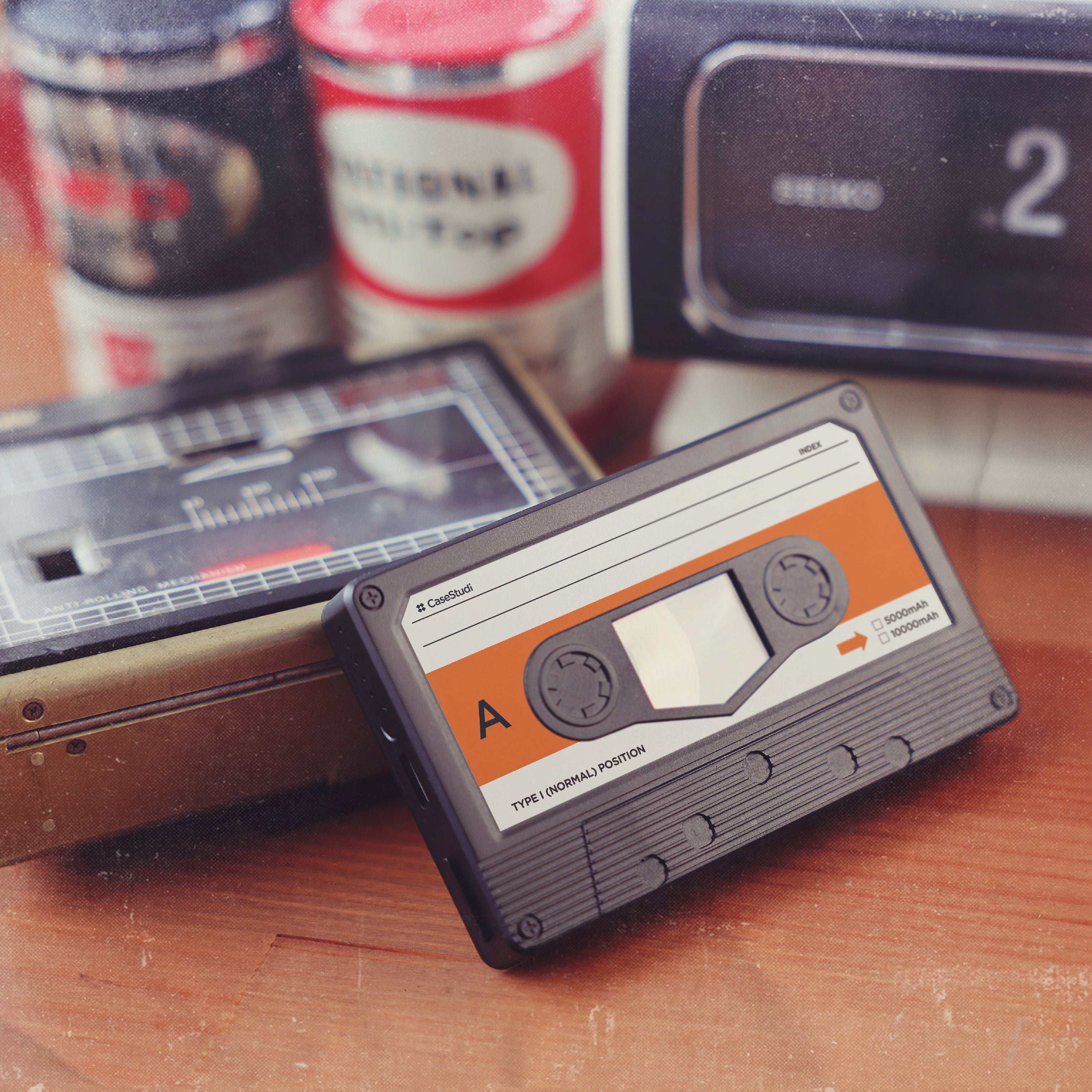
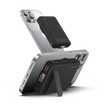
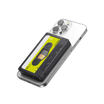
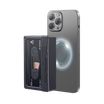




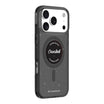
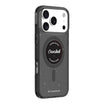
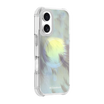
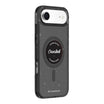


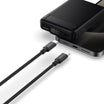
Leave a comment
All comments are moderated before being published.
This site is protected by hCaptcha and the hCaptcha Privacy Policy and Terms of Service apply.